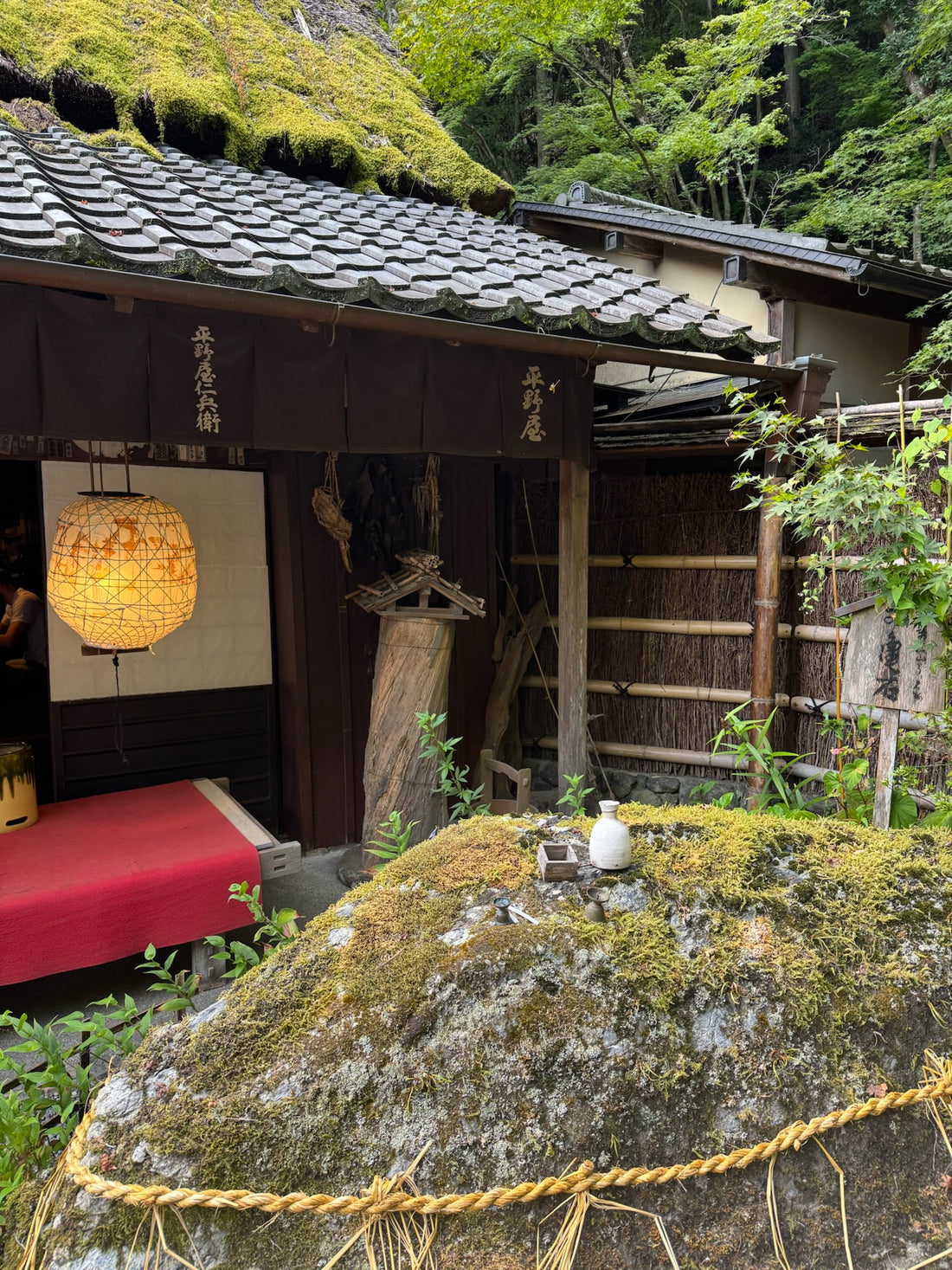As autumn descends upon Japan, the country transforms into a kaleidoscope of colors and rich aromas, signaling the time for harvest. This season is not only vital for agriculture but also steeped in cultural significance, marked by various traditions and festivals that celebrate the bounty of nature. Let’s explore the essence of harvest time in Japan and the celebrations that accompany it.
The Significance of Harvest Season
In Japan, the harvest season, particularly for rice, is a time of gratitude. Rice is more than just a staple food; it holds cultural, spiritual, and historical importance. The Japanese people have long revered rice as a gift from the gods, a symbol of prosperity, and an essential element of their identity. The successful harvest is celebrated with rituals and festivals that honor the connection between humans and nature.

Traditional Foods of the Harvest
Autumn in Japan brings a variety of seasonal delicacies that highlight the harvest.
- Matsutake Mushrooms: Highly prized and often used in soups or rice dishes, these mushrooms are a seasonal delicacy.
- Persimmons (Kaki): Sweet and juicy, persimmons are often dried and enjoyed throughout the winter.
- Satsumaimo (Sweet Potatoes): A popular autumn treat, they are often roasted or made into sweets.
- Shinmai (新米): New rice is harvested in autumn and is celebrated for its freshness and flavor, often served with simple accompaniments to highlight its quality.
The Spirit of Community
Harvest time in Japan is a profound celebration of nature, gratitude, and community. It reflects a deep connection to the land and the cycles of life, reminding us of the importance of preserving these traditions. As the landscape transforms with autumn hues, the spirit of harvest invites everyone to appreciate the bounty of the earth and the rich cultural tapestry that defines Japan.


